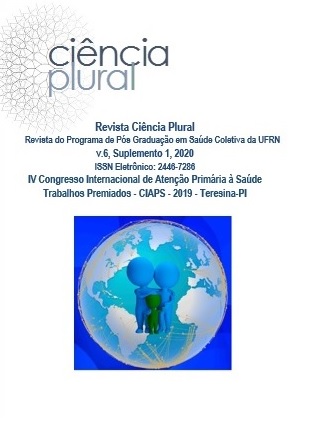PERFIL EPIDEMIOLÓGICO DA MORTALIDADE NEONATAL NO ESTADO DO PIAUÍ, BRASIL
DOI:
https://doi.org/10.21680/2446-7286.2020v6n1ID21182Abstract
Introduction: The reduction of infant mortality is still a challenge for health services. Despite the decline observed in Brazil, infant mortality remains a major concern in Public Health. In Piauí with the implementation of the Cegonha Network and the Neonatal Component in recent years, a decline in the maternal, infant and neonatal mortality rate can be noticed, but mothers and babies are still being lost due to preventive causes. Despite the advances that the state had after the implementation of the stork network, this development did not happen equally in all health regions, with most of the centralized assistance still in the capital. Objective: This study aimed to assess the epidemiological profile of neonatal mortality in the state of Piauí. Methodology: A retrospective, descriptive study with a quantitative approach was carried out, and the data were collected in the DATASUS system and tabulated using TABWIN AND TABNET. Results: There was a reduction in the total absolute number of deaths between the years 2007 to 2015, with an increase of approximately 4.5% between the years 2015 and 2016. Early neonatal mortality comprised more than 3/4 of neonatal deaths . Over 53% of deaths are of low birth weight newborns. About 48.7% of deaths refer to premature infants. Conclusions: The findings revealed the main characteristics of neonatal deaths in Piauí in the time series (2007-2016).
Downloads
Downloads
Published
How to Cite
Issue
Section
License
À Revista Ciência Plural ficam reservados os direitos autorais referente a todos os artigos publicados.

 Português (Brasil)
Português (Brasil) English
English Español (España)
Español (España)













